![According to the annotation of this photo by Konrad Jacobs [de], it depicts Otto Toeplitz, E. Hagemann, D. Vieth, H. Ulm, Gottfried Kothe in 1930. Toeplitz Hagemann Vieth Ulm Kothe 1930 MFO4233.jpg](http://upload.wikimedia.org/wikipedia/commons/thumb/3/35/Toeplitz_Hagemann_Vieth_Ulm_K%C3%B6the_1930_MFO4233.jpg/220px-Toeplitz_Hagemann_Vieth_Ulm_K%C3%B6the_1930_MFO4233.jpg)
Helmut Ulm (born 21 June 1908 in Gelsenkirchen; died 13 June 1975) was a German mathematician who established the classification of countable periodic abelian groups by means of their Ulm invariants.
![According to the annotation of this photo by Konrad Jacobs [de], it depicts Otto Toeplitz, E. Hagemann, D. Vieth, H. Ulm, Gottfried Kothe in 1930. Toeplitz Hagemann Vieth Ulm Kothe 1930 MFO4233.jpg](http://upload.wikimedia.org/wikipedia/commons/thumb/3/35/Toeplitz_Hagemann_Vieth_Ulm_K%C3%B6the_1930_MFO4233.jpg/220px-Toeplitz_Hagemann_Vieth_Ulm_K%C3%B6the_1930_MFO4233.jpg)
Helmut Ulm (born 21 June 1908 in Gelsenkirchen; died 13 June 1975) was a German mathematician who established the classification of countable periodic abelian groups by means of their Ulm invariants.
Helmut Ulm's father was an elementary school teacher in Elberfeld. After finishing high school in Wuppertal in 1926, he attended the universities of Göttingen (1926–1927), Jena (1927) and Bonn (1927–1930), where he studied mathematics and physics, attending the lectures of Richard Courant, Erich Bessel-Hagen, Felix Hausdorff, and the joint Hausdorff–Otto Toeplitz seminar. He graduated summa cum laude in 1930 with a thesis about countable periodic abelian groups (1933). In 1933–1935 he was an assistant in Göttingen and worked with Wilhelm Magnus and Olga Taussky-Todd editing David Hilbert's Collected Works. His Habilitationsschrift developed a generalization of the elementary divisor theory to infinite matrices, continuing ideas of Ulm's teacher Toeplitz. It was submitted in Münster in 1936 and refereed by Heinrich Behnke, Gottfried Köthe, F. K. Schmidt, and B. L. van der Waerden. Ulm's promotion was delayed, apparently, due to his anti-Nazi views.
From 1935 until his retirement in 1974 Ulm worked at the University of Münster, as an assistant, docent, and eventually professor (1968). Besides his three important papers on the classification of infinite abelian groups, Ulm published only a few notes in the proceedings of the Münster mathematical seminar, one of which dealt with solution of systems of linear equations by a computer. He suffered from poor health. During the World War II, Ulm worked as a cryptographer at Pers Z S starting in August 1941 on a part-time basis from Thursday through to Saturday and on Monday through Wednesday at Münster. [1] After the war he mostly taught courses in applied mathematics and supervised several Ph.D. theses; those of G. Tillmann (1952) and G. Roth (1961) were close to his old work on infinite-dimensional linear algebra and infinite groups.

Felix Hausdorff was a German mathematician, pseudonym Paul Mongré, who is considered to be one of the founders of modern topology and who contributed significantly to set theory, descriptive set theory, measure theory, and functional analysis.

Gábor Szegő was a Hungarian-American mathematician. He was one of the foremost mathematical analysts of his generation and made fundamental contributions to the theory of orthogonal polynomials and Toeplitz matrices building on the work of his contemporary Otto Toeplitz.

Marius Sophus Lie was a Norwegian mathematician. He largely created the theory of continuous symmetry and applied it to the study of geometry and differential equations. He also made substantial contributions to the development of algebra.
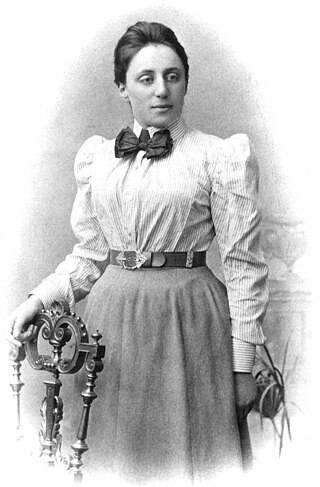
Amalie Emmy Noether was a German mathematician who made many important contributions to abstract algebra. She proved Noether's first and second theorems, which are fundamental in mathematical physics. She was described by Pavel Alexandrov, Albert Einstein, Jean Dieudonné, Hermann Weyl and Norbert Wiener as the most important woman in the history of mathematics. As one of the leading mathematicians of her time, she developed theories of rings, fields, and algebras. In physics, Noether's theorem explains the connection between symmetry and conservation laws.
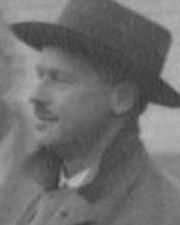
Ludwig Georg Elias Moses Bieberbach was a German mathematician and leading representative of National Socialist German mathematics.
In mathematics, an amenable group is a locally compact topological group G carrying a kind of averaging operation on bounded functions that is invariant under translation by group elements. The original definition, in terms of a finitely additive measure on subsets of G, was introduced by John von Neumann in 1929 under the German name "messbar" in response to the Banach–Tarski paradox. In 1949 Mahlon M. Day introduced the English translation "amenable", apparently as a pun on "mean".

Helmut Hasse was a German mathematician working in algebraic number theory, known for fundamental contributions to class field theory, the application of p-adic numbers to local class field theory and diophantine geometry, and to local zeta functions.
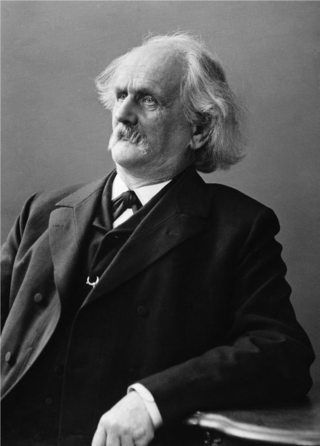
Carl Gottfried Neumann was a German mathematical physicist and professor at several German universities. His work focused on applications of potential theory to physics and mathematics. He contributed to the mathematical formalization of electrodynamics and analytical mechanics. Neumann boundary conditions and the Neumann series are named after him.
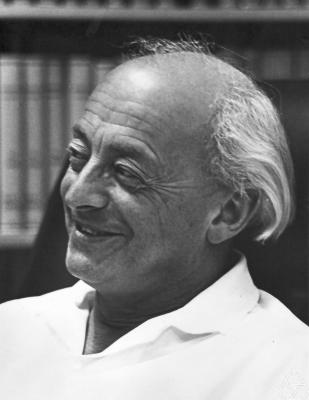
Reinhold Baer was a German mathematician, known for his work in algebra. He introduced injective modules in 1940. He is the eponym of Baer rings and Baer groups.
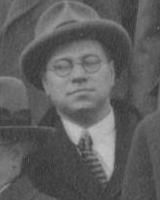
Ernst Paul Heinz Prüfer was a German Jewish mathematician born in Wilhelmshaven. His major contributions were on abelian groups, graph theory, algebraic numbers, knot theory and Sturm–Liouville theory.
Hans Adolph Rademacher was a German-born American mathematician, known for work in mathematical analysis and number theory.
In mathematics, the principal ideal theorem of class field theory, a branch of algebraic number theory, says that extending ideals gives a mapping on the class group of an algebraic number field to the class group of its Hilbert class field, which sends all ideal classes to the class of a principal ideal. The phenomenon has also been called principalization, or sometimes capitulation.

Egbert Rudolf van Kampen was a Dutch mathematician. He made important contributions to topology, especially to the study of fundamental groups.

In group theory, Hajós's theorem states that if a finite abelian group is expressed as the Cartesian product of simplexes, that is, sets of the form where is the identity element, then at least one of the factors is a subgroup. The theorem was proved by the Hungarian mathematician György Hajós in 1941 using group rings. Rédei later proved the statement when the factors are only required to contain the identity element and be of prime cardinality. Rédei's proof of Hajós's theorem was simplified by Tibor Szele.
In mathematics, in the field of group theory, the Baer–Specker group, or Specker group, named after Reinhold Baer and Ernst Specker, is an example of an infinite Abelian group which is a building block in the structure theory of such groups.

Heinrich Adolph Louis Behnke was a German mathematician and rector at the University of Münster.

Andreas Speiser was a Swiss mathematician and philosopher of science.
In mathematics, the height of an element g of an abelian group A is an invariant that captures its divisibility properties: it is the largest natural number N such that the equation Nx = g has a solution x ∈ A, or the symbol ∞ if there is no such N. The p-height considers only divisibility properties by the powers of a fixed prime number p. The notion of height admits a refinement so that the p-height becomes an ordinal number. Height plays an important role in Prüfer theorems and also in Ulm's theorem, which describes the classification of certain infinite abelian groups in terms of their Ulm factors or Ulm invariants.
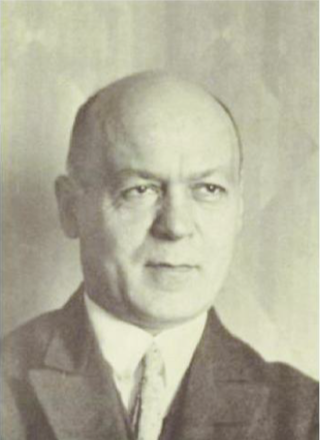
Leon Lichtenstein was a Polish-German mathematician, who made contributions to the areas of differential equations, conformal mapping, and potential theory. He was also interested in theoretical physics, publishing research in hydrodynamics and astronomy.
Gerhard Karl Theodor Haenzel was a German mathematician.